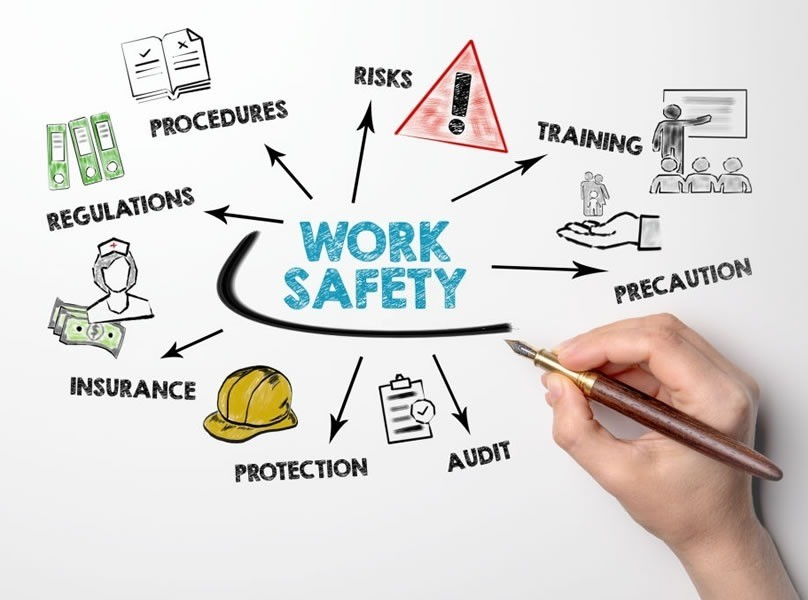The Health and Safety Executive (HSE) of the United Kingdom recently published its 2022 and 2023 occupational health and safety figures. These statistics provide valuable insights into workplace health and safety nationwide and evaluate how they compare historically year over year.
Today, we look at these statistics and their impact on organizations and employee well-being and safety, highlighting the importance of cultivating a health and safety-conscious environment within the workplace that protects and nurtures the workforce.
Rising Concerns in Mental Health
The 2022 and 2023 data reveal a worrying increase in work-related stress, depression, and anxiety across the U.K. With 875,000 workers reporting new or ongoing mental health issues, it’s clear that hazards—like heavy workloads, job insecurity, and inadequate mental health support—are taking a toll. For businesses, this translates to 17.1 million lost working days, emphasizing the necessity for effective workplace mental health strategies that support mental health, such as counseling services, stress management workshops, and wellness activities.
The Burden of Musculoskeletal Disorders
Musculoskeletal disorders continue to severely impact workers, with 473,000 cases reported in various industries. Poor ergonomic practices are a primary cause of pain, reduced mobility, and lower quality of life. For businesses, this means increased absenteeism and reduced productivity, spotlighting the need to conduct ergonomic assessments and adjust workstations to fit the needs of each employee. Proper ergonomic design can significantly reduce the risk of musculoskeletal disorders, especially for those in physically demanding roles or who spend long hours at a desk.
The Lingering Threat of Asbestos-Related Mesothelioma Cases
Despite a predicted decline in mesothelioma cases, exposure to asbestos remains a significant health risk, with 2,268 deaths in 2021. Asbestos-related risks are particularly prevalent in occupations such as construction and industrial work. Employers must prioritize asbestos risk assessments and training to mitigate this hazard.
Workplace Injuries and Fatalities: A Continuing Challenge
The rate of non-fatal workplace injuries has continued to fall post-pandemic. However, with 135 fatalities and 561,000 non-fatal injuries in 2022 and 2023, the issue remains pressing. Slips, trips, falls, and handling incidents constitute many of these accidents. Given the persistent nature of workplace accidents, it’s imperative to integrate continuous learning into safety protocols such as conducting regular post-incident analyses to identify root causes and implementing corrective measures. Additionally, investing in real-time monitoring technology can help predict and prevent potential accidents by alerting employees and management to hazardous conditions before they result in injuries.
Economic Impact: A Costly Concern
The financial toll of workplace injuries and illnesses reached a staggering £20.7 billion in 2022 and 2023, with contributions from both ill health and injury-related costs. This figure encompasses direct financial losses and human costs like pain, suffering, and loss of life. Reducing these costs requires a firm commitment and open communication around enhanced health and safety practices in the workplace.
The HSE’s 2022 and 2023 figures underscore the ongoing quest toward improved workplace safety in the U.K. The persistence of mental health challenges, musculoskeletal disorders and the impact of historical asbestos exposure reinforces the need for ongoing focus and innovation in health and safety management. As we kick off 2024, fostering a safe environment and implementing targeted measures will be vital to ensuring ongoing improvements in workplace health and safety.
Interested in learning key strategies for improving occupational health and safety in the workplace? Read: Building A Safer Tomorrow: A Practical Guide to Data-Driven Occupational Health and Safety.










